In this article, we’ll be comparing Surfer SEO vs Outranking — two search engine optimization (SEO) tools that use artificial intelligence (AI) to help you take your SEO workflow to the next level.
As technology becomes more advanced, so do marketing automation tools that can help entrepreneurs and small business owners perform faster and more accurate keyword research, content optimization, data analysis, and content writing.
Key Takeaways
- Both Surfer SEO and Outranking are advanced SEO tools that utilize AI to enhance SEO workflow, with Surfer SEO focusing on content optimization and Outranking providing AI writing assistance.
- Surfer SEO offers a unique SERP Similarity Score metric, aiding in keyword selection, while Outranking uses the Ubersuggest engine for more accurate search volume data.
- Both tools provide content optimization features, including SEO audits, keyword suggestions, and content scoring. However, Outranking also includes a heat map for keyword density and does not recommend a specific number of keyword uses to avoid keyword stuffing.
- While both tools support multiple languages and integrate with other platforms, Surfer SEO integrates with Jarvis for AI writing assistance, a feature that Outranking already includes. Outranking, however, does not currently offer a browser extension, unlike Surfer SEO.
Keyword Research and Content Planning
Choosing the right keywords is, without a doubt, a crucial part of SEO.
However, it’s important to note that, while both Outranking and Surfer SEO are able to show related keywords and their monthly search volume, they’re not technically keyword research tools. They’re each more of a content optimization tool.
Outranking
Once you’ve done keyword research and added your target keyword inside Outranking, the content optimization tool analyzes the top search engine result pages (SERPs) and shows you the average word count, number of images, and meta title/description length your blog post should have.
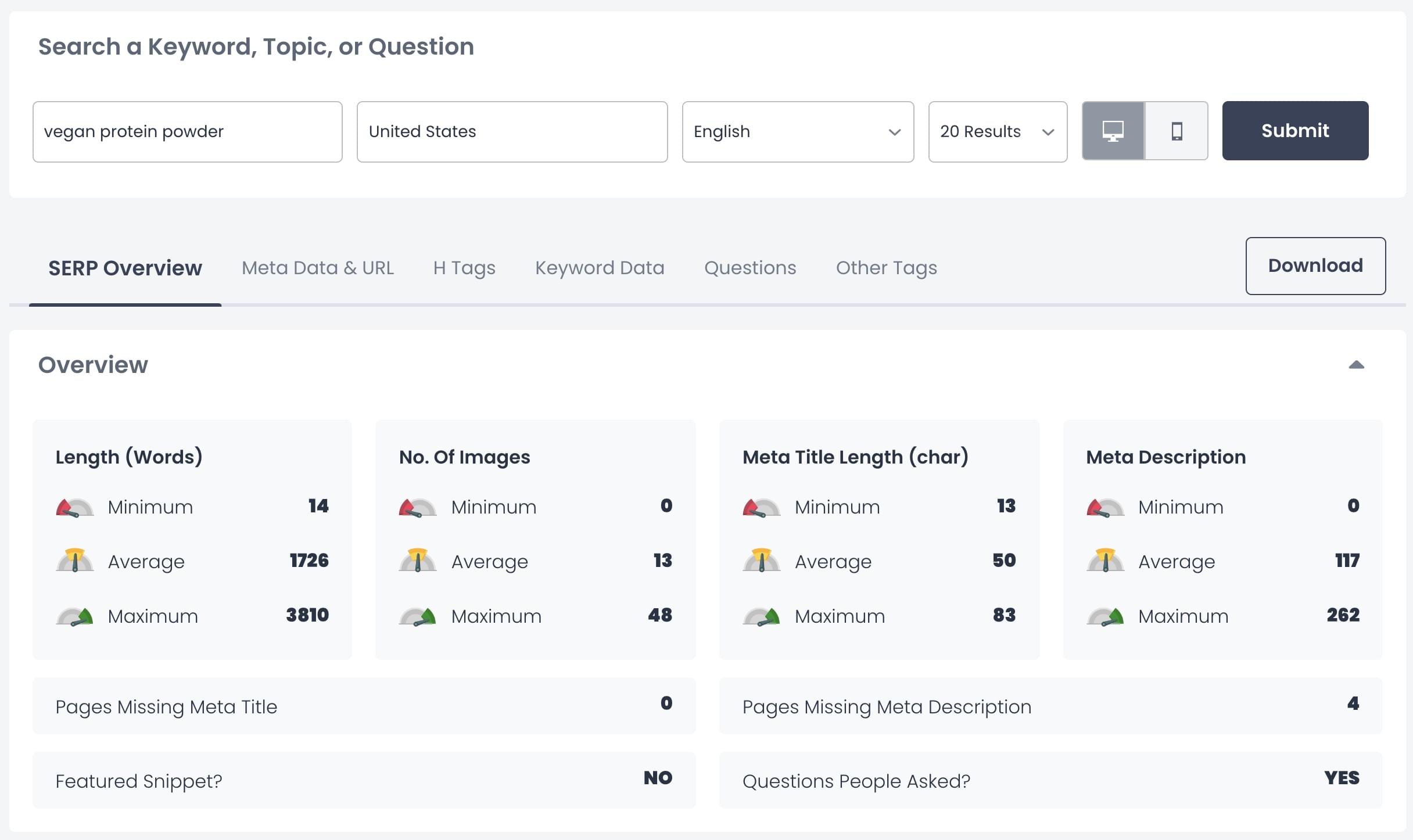
It also shows you how many words your competitors’ blog posts have, how many do-follow and no-follow backlinks they have, their domain and page authority, and their search engine rankings.
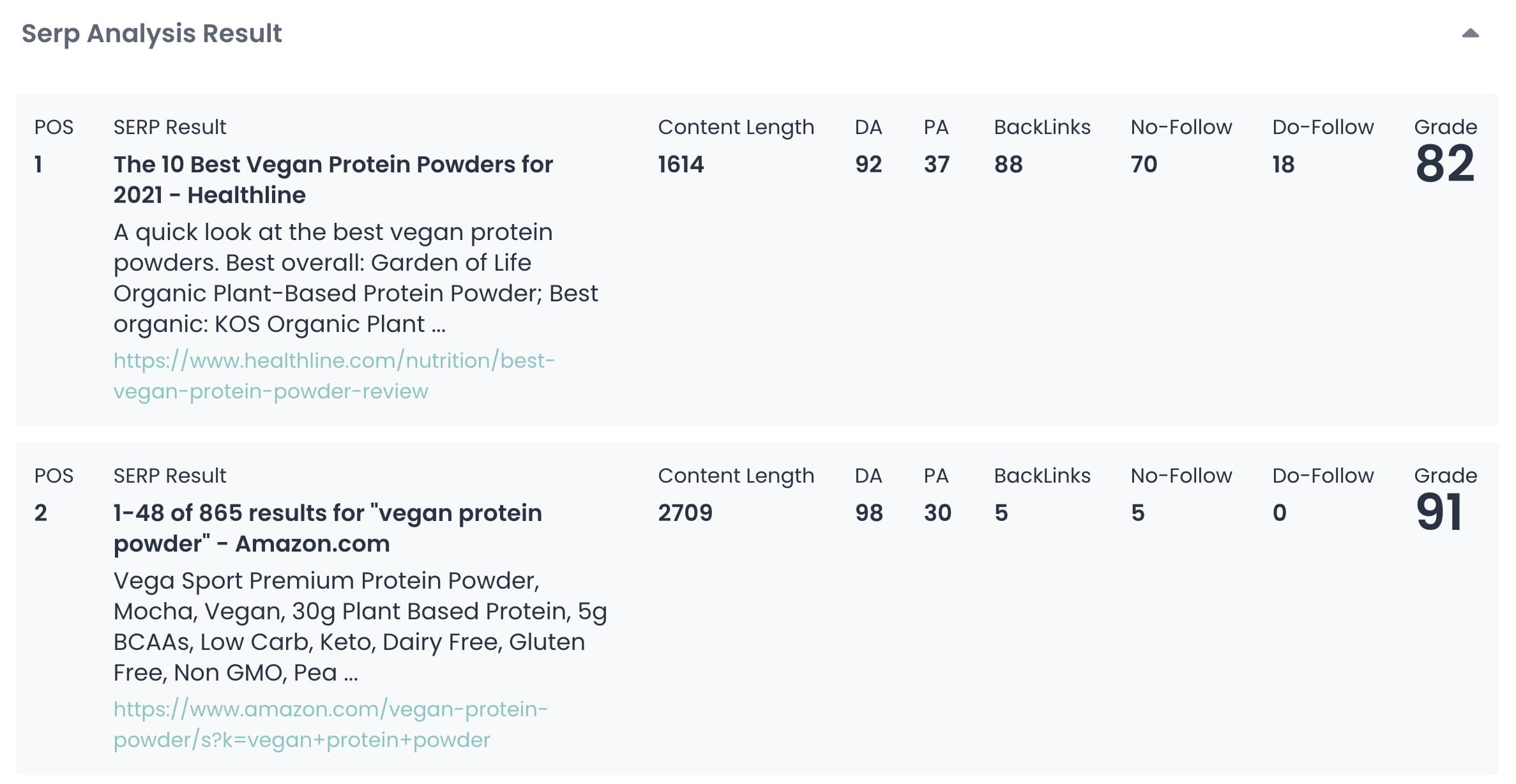
In the “Keyword Data” tab, you’ll be able to find things like highest frequency keywords, related keywords, and some additional keywords for content.
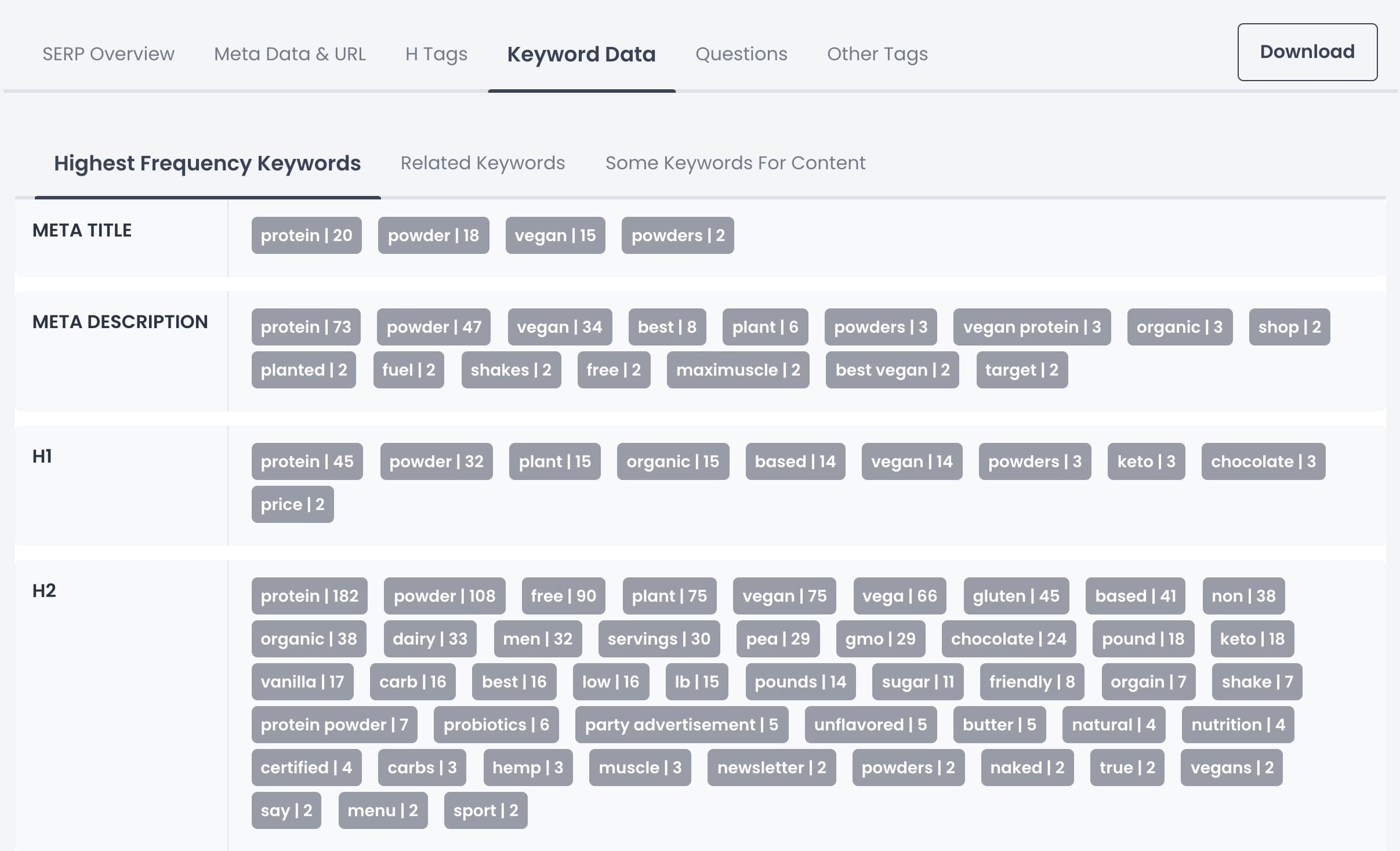
When it comes to data accuracy, Outranking uses the same engine as Ubersuggest to determine search volume, which makes it a bit more accurate than Surfer SEO.
Surfer SEO
Just like Outranking, Surfer SEO also shows you other related keyword suggestions and their respective search volume once you’ve added your main keyword.
However, Surfer SEO includes a metric they call SERP Similarity Score, which can be used to decide whether you want to use a term as a secondary keyword or the main keyword of another blog post.
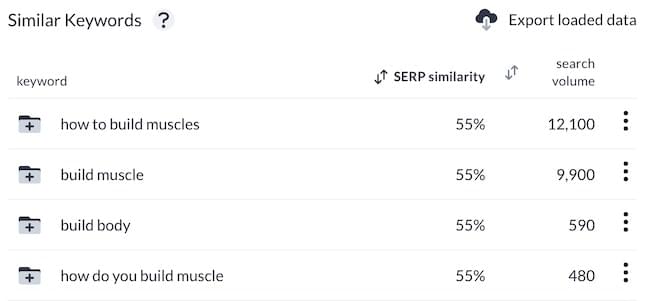
For instance, if you use the keyword “how to build muscle” and Surfer SEO sees that several pages that rank for that keyword also rank for another keyword like “gain muscle mass,” it will return a high SERP similarity.
What does this mean, exactly?
This means that Google considers both terms as almost identical, so you should add both of them to your blog post.
On the other hand, if Surfer SEO shows that two keywords have a low similarity score, you should think about writing two different articles that target each specific keyword.
Content Planning
With Surfer SEO, you can plan content based on a keyword or your URL.
When planning content using a keyword, Surfer SEO will give you multiple topic clusters, each with its respective user intent and search volume, as well as a set of keywords to use. Each topic cluster could be used as separate blog posts that could then link back to your main topic or pillar post.
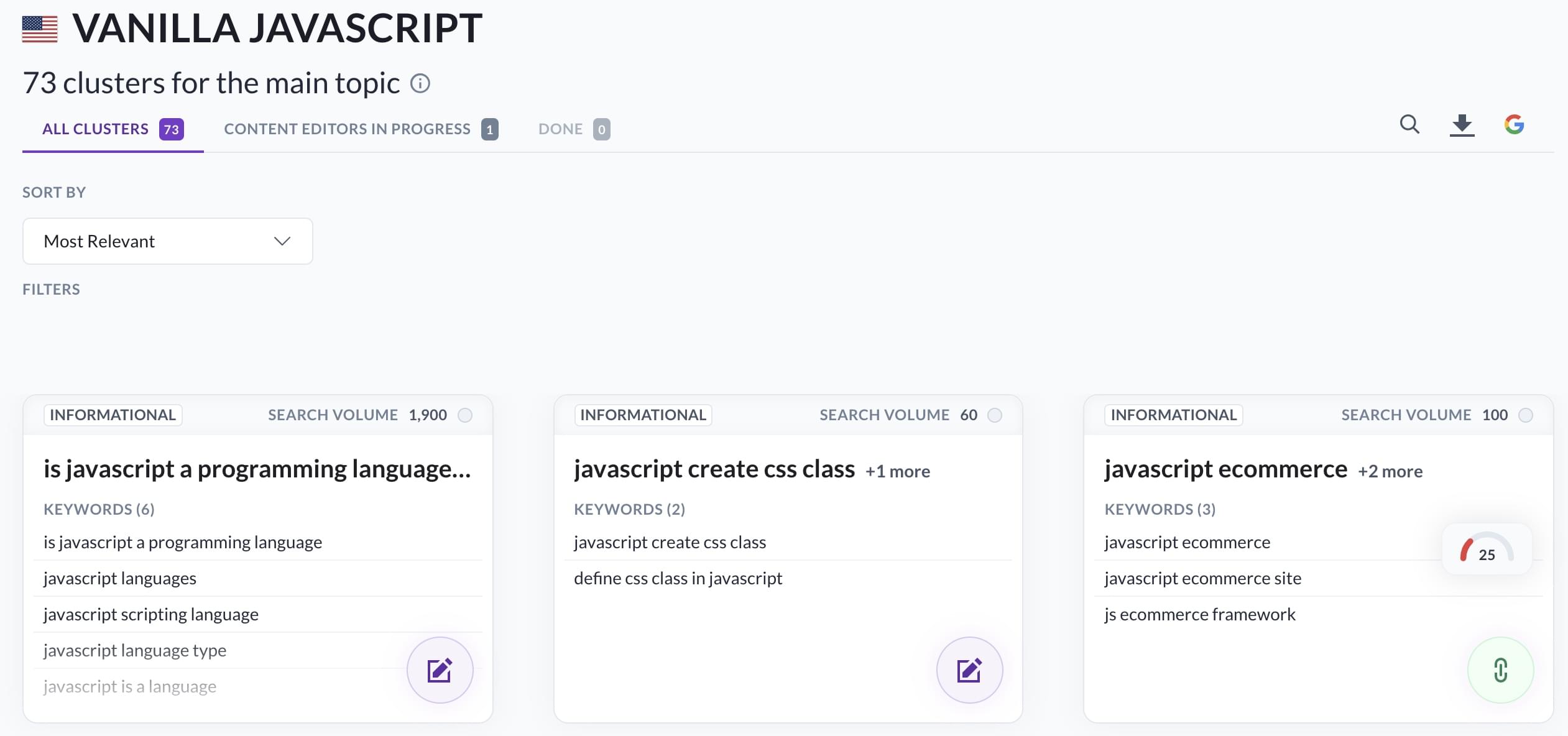
When planning content using your URL, Surfer SEO will give you keywords that you’re ranking for but aren’t using in your existing content.
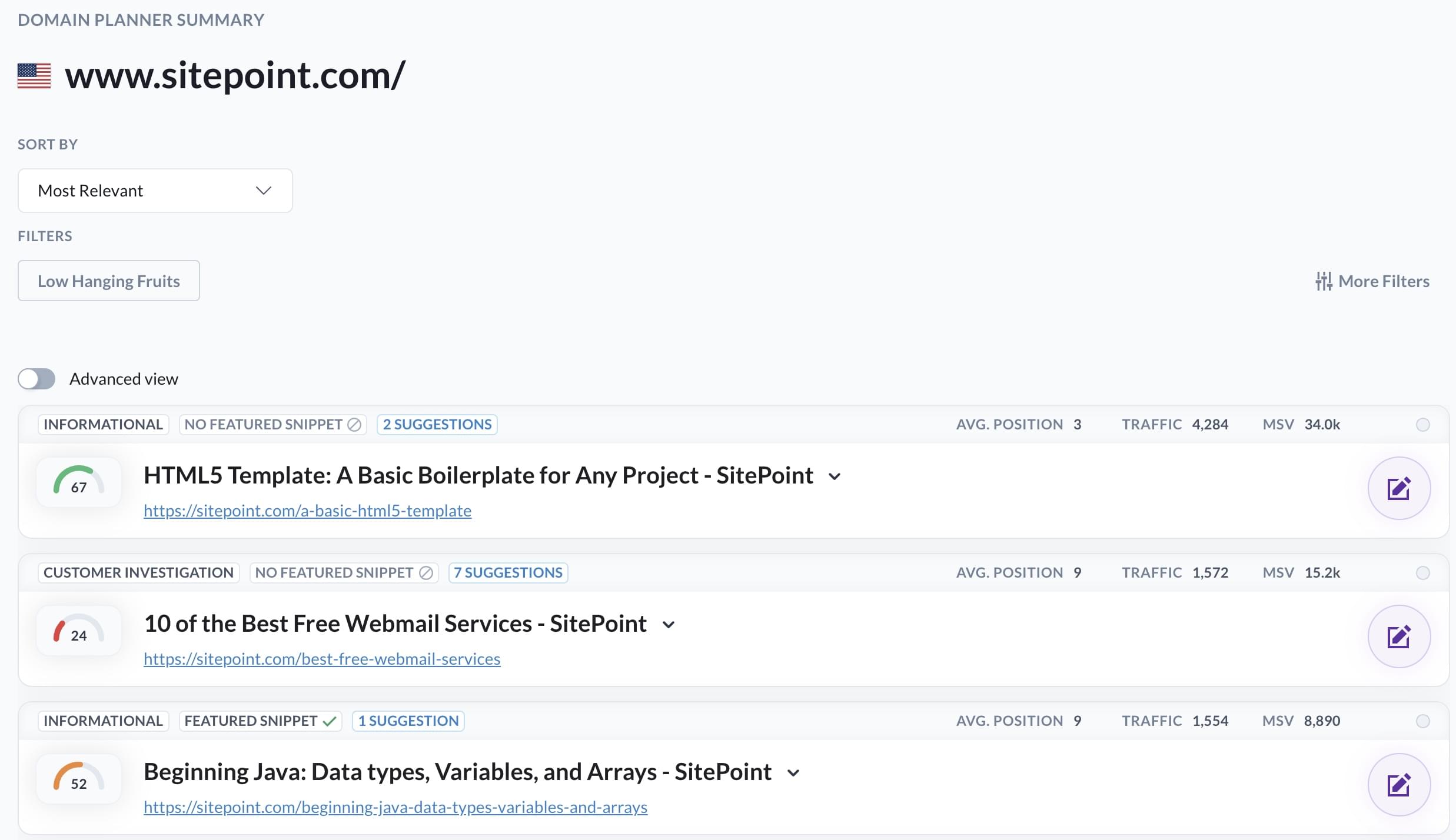
This is a great way to find blog posts that need optimization and featured snippet opportunities.
Surfer SEO vs Outranking: Outline Builder
This is where things start getting a little interesting. Both of these content optimization tools read through all the H2 and H3 tags from the top-ranking pages and give you headings you can use to build your outline.
Outranking
Outranking generates optimized outlines using the top SERPs and Google’s People Also Ask sections.
It then shows you the results in semantically grouped sections broken into H2 and H3 tags that you can easily drag and drop to add to your outline.
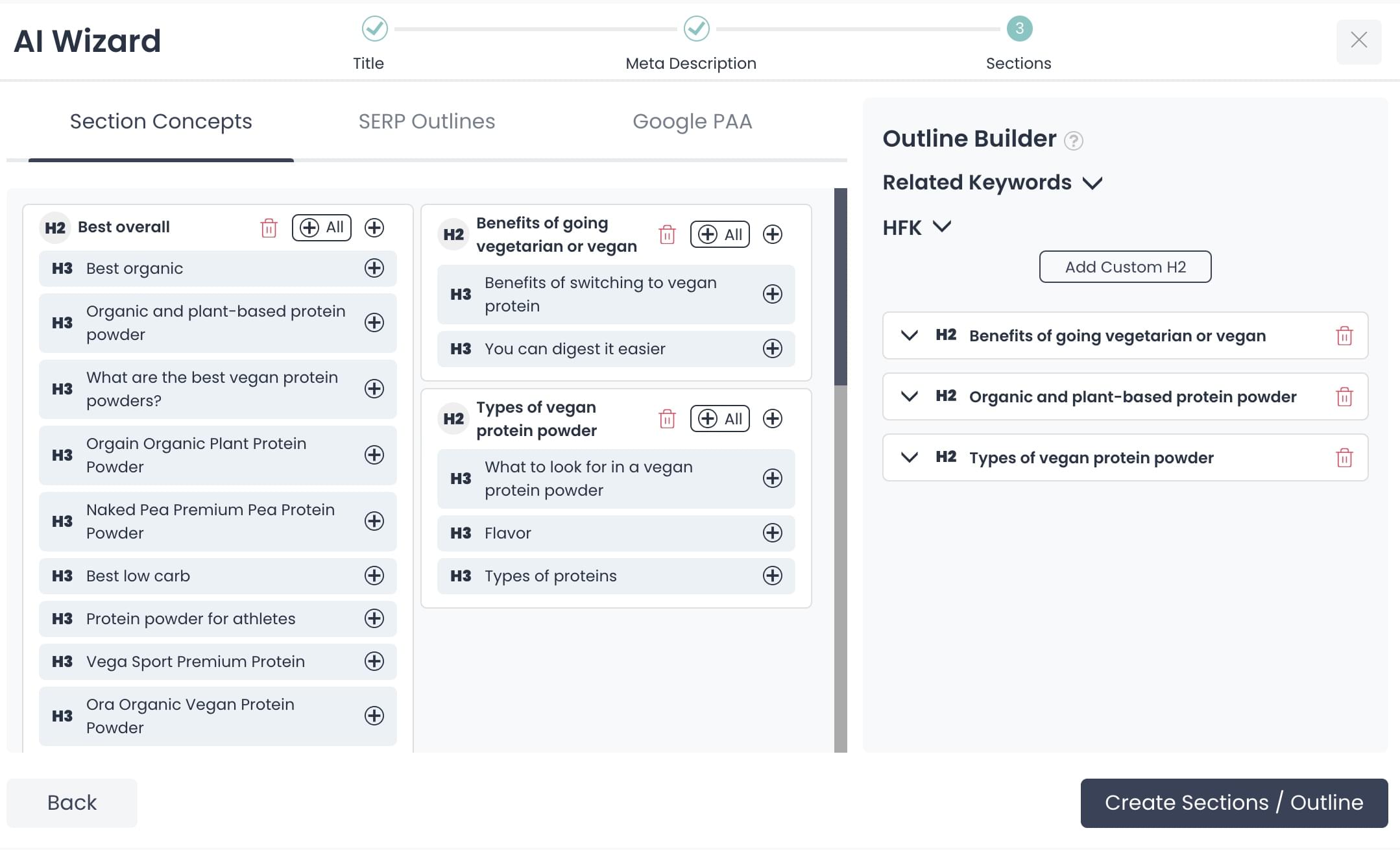
Outranking also has a feature called Concepts, which are facts gathered from existing information that summarize the context of topics covered in each paragraph.
For example, if we generate Concepts from the “Benefits of going vegetarian or vegan” H2 tag, Outranking will go through the SERPs data and find the closest H2 tag that it can with that exact content (“benefits of going vegetarian or vegan”) and pull out information from the paragraphs under that and create Concepts around it.
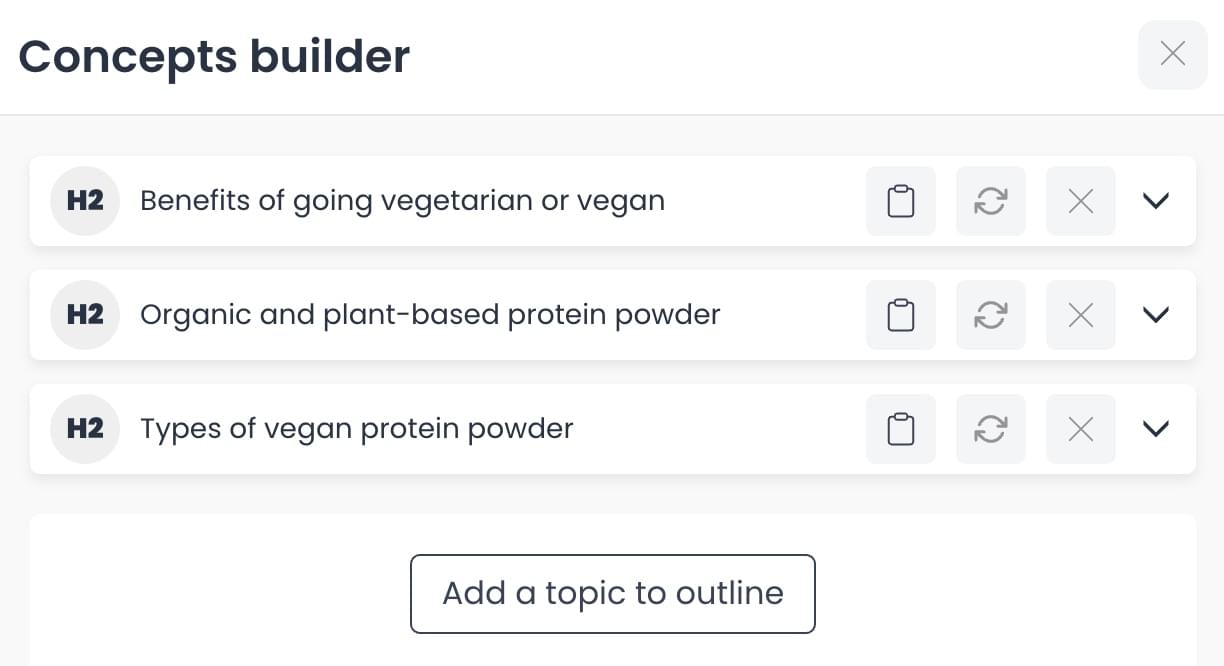
Basically, it will read what’s underneath the H2 tag and extract the key information you need to include in your blog post.
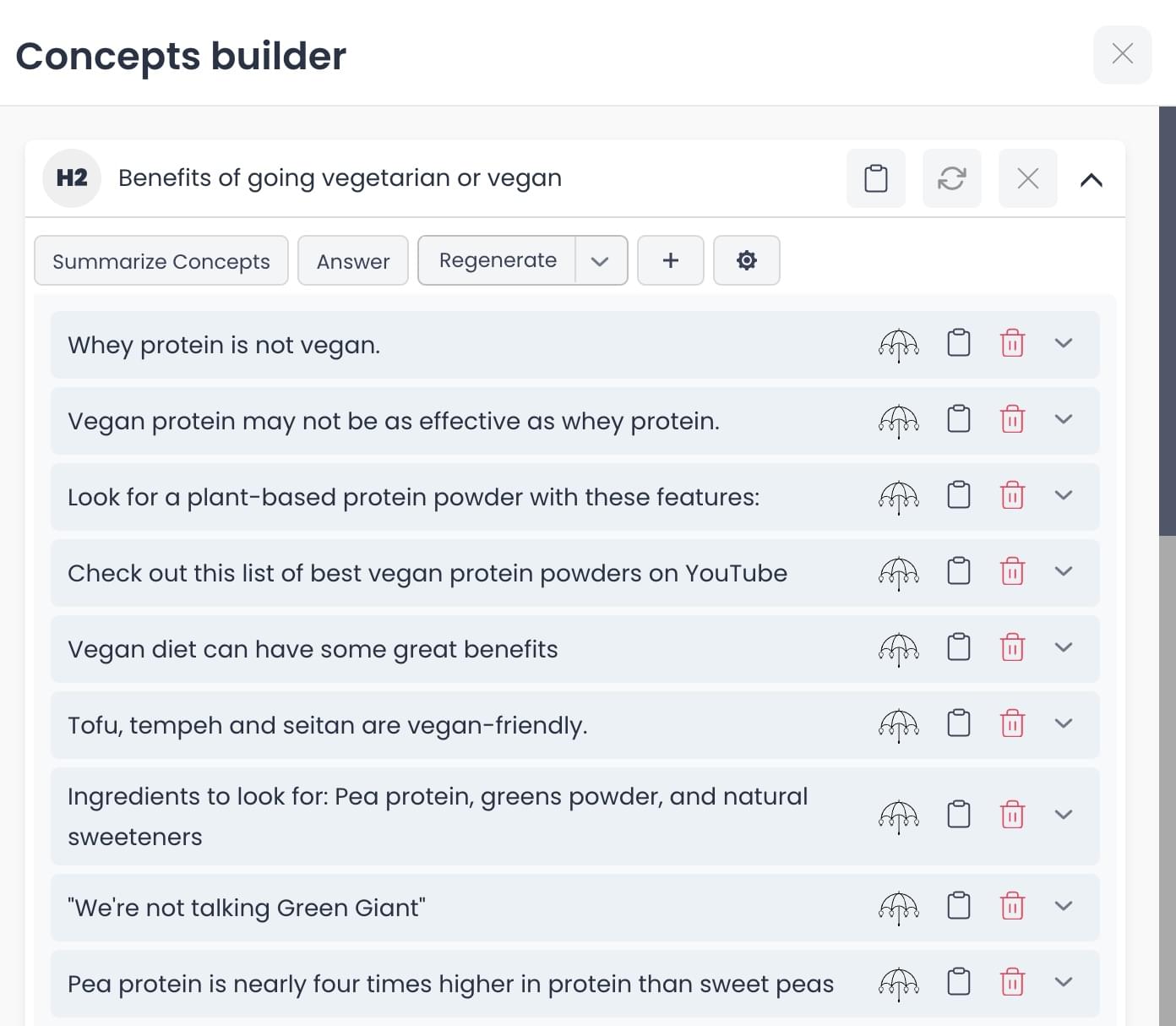
Surfer SEO
Just like Outranking, Surfer SEO also analyzes the top pages ranking on SERPs and suggests different titles and headings.

Once you open up the Headings tab, you’ll notice that Surfer SEO highlights the terms it thinks you should include in your blog post.
Additionally, you can see subheadings nested right under the main headings to keep the logical structure of your outline.

You also have the option to add only the heading or both the heading and the paragraph.
All of these suggestions are based on your competitors’ content. If you notice that Surfer SEO is pulling information from a website that’s not one of your direct competitors, you can simply remove them from the analysis.
For example, if you have a blog about vacuums and are writing a detailed review of a specific model, you can remove websites like Capterra or TrustPilot, since they’re more of a “user reviews” content website than full-on detailed reviews.
Surfer SEO vs Outranking: Content Editor
One cool feature that both of these optimization tools include is the ability to check how your content is doing in terms of SEO as you write it. (Of course, you can also write it in your favorite platform and copy/paste it into their content editor.)
Outranking
Outranking includes step-by-step instructions you can follow to write fully optimized content from start to finish and achieve higher rankings in search engines.
It’ll show you what you should use in your title, headings, subheadings, related keywords, topics, sections, word count, readability, URL structure, search intent, alt tags, and a ton more on-page SEO elements.
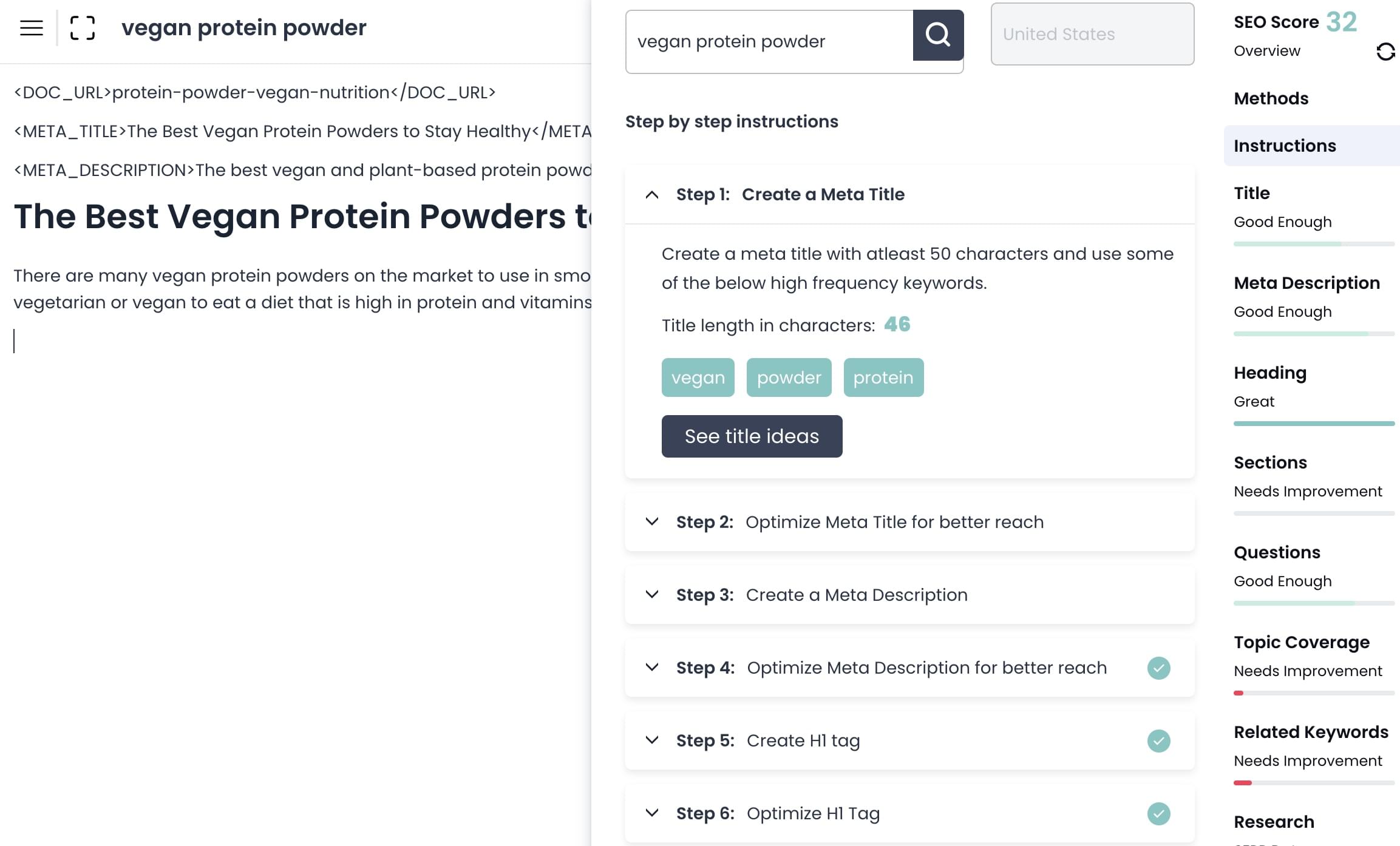
On the far-left column, it gives you an SEO score and a list of places where you’re doing great and others that need improvement. Once you click on a tab, it will open up a list of suggestions for content optimization.
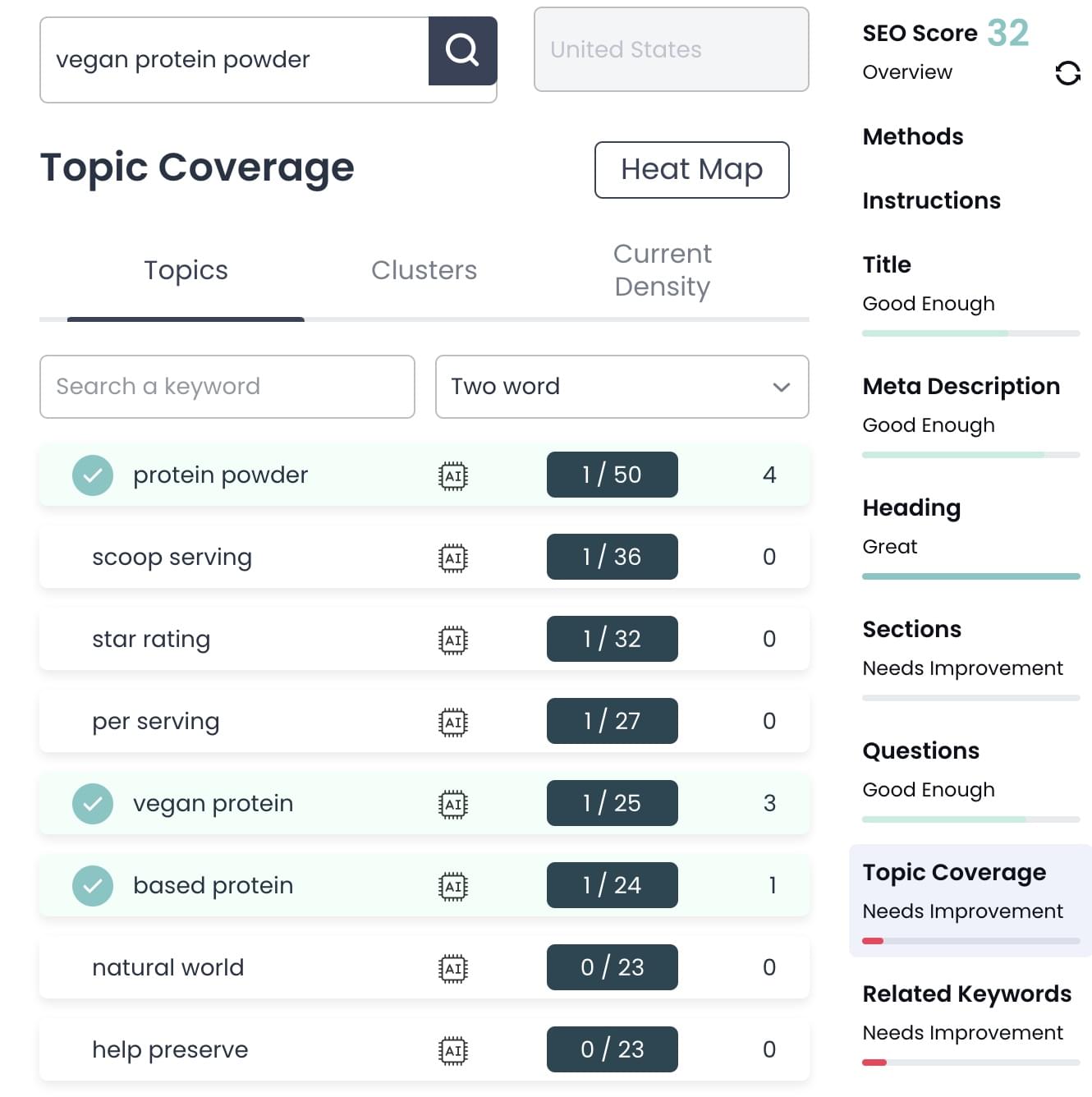
Outranking also provides you a heat map where you can easily say which keywords your competitors use the most (keyword density) and recommendations on how important it is that you include them in your blog post.
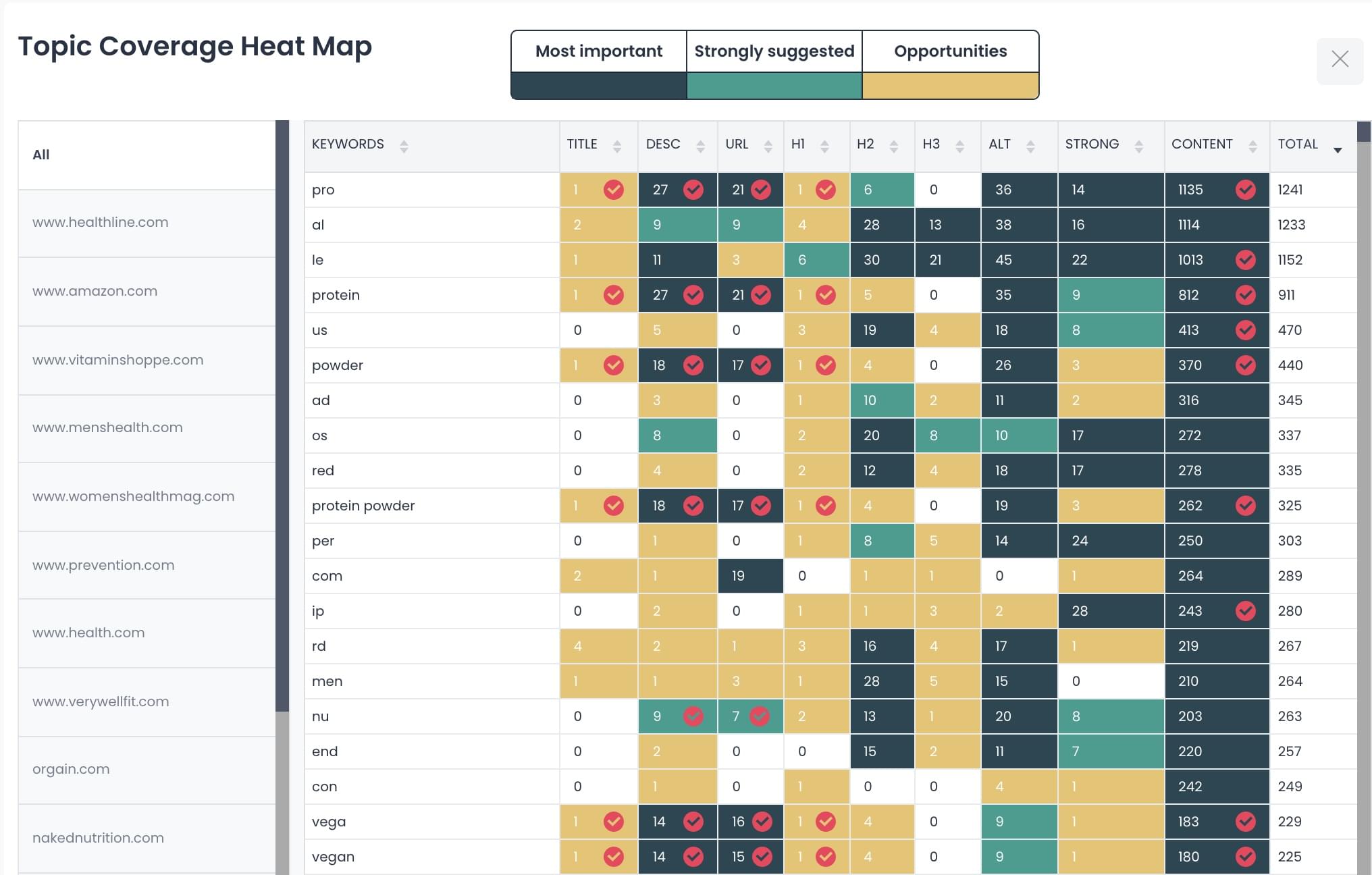
One difference between Outranking and Surfer SEO is that Outranking doesn’t include a recommended number of times you should use a keyword inside your blog post.
The reasoning behind this is that adding such a recommendation is what leads to keyword stuffing. In fact, over-optimizing content can cause drops in ranking and your article’s readability to decrease. So, while on-page SEO is important, you don’t want to overdo it.
When it comes to content score, both Surfer SEO and Outranking have their own way of calculating it. According to Outranking, a score of 85 and above is considered good.
Surfer SEO
Surfer’s content editor and live SEO score is a little more straightforward and doesn’t have as many features as Outranking’s.
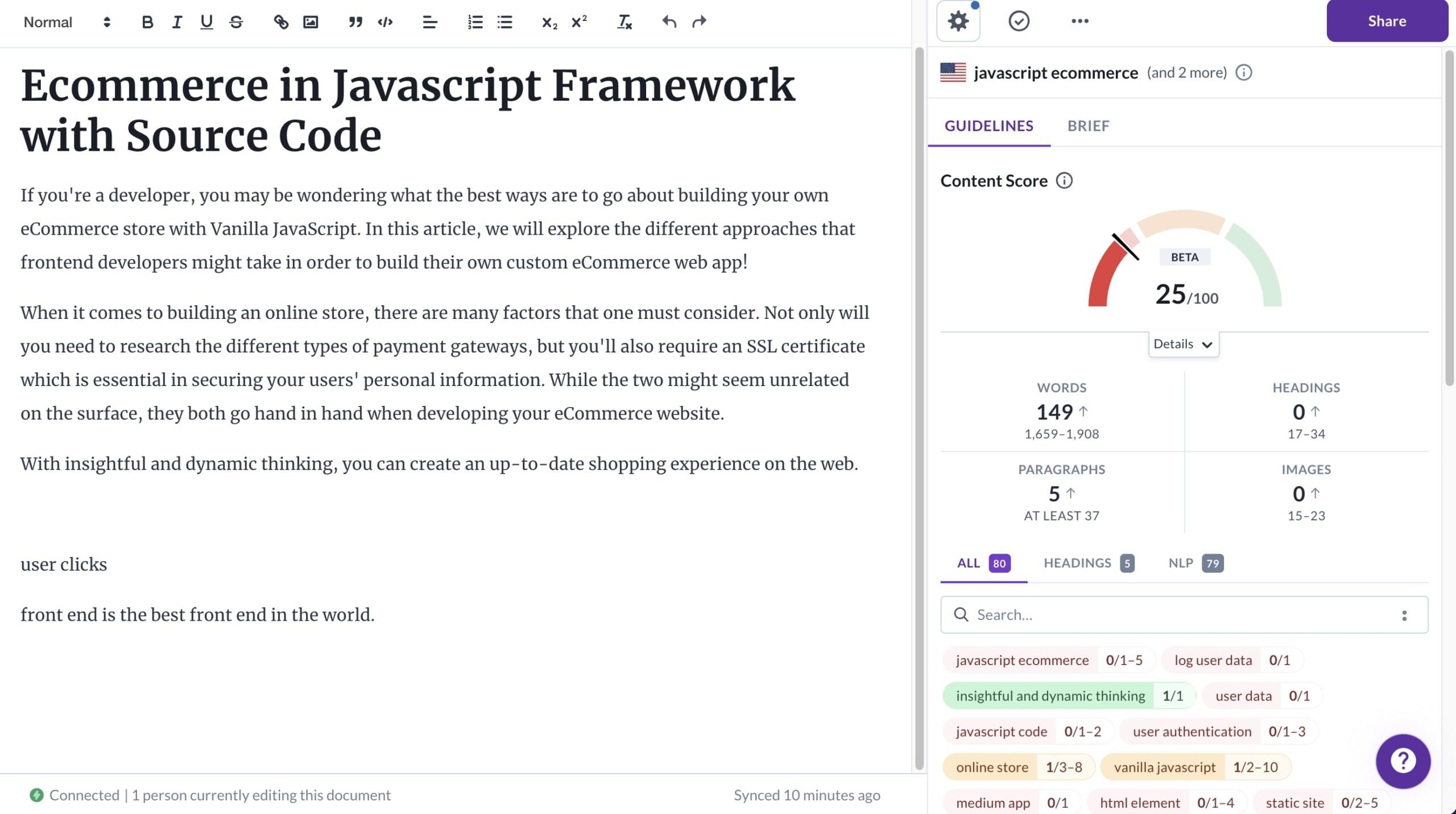
Surfer SEO’s content editor shows you right away how long your article should be, the number of headings, paragraphs, and images you should use, as well as other relevant keywords and how many you should use.
As mentioned above, both of these content optimization tools have their own way of calculating content score. Here are some guidelines of what’s considered good inside Surfer SEO:
- 0–33: Low-quality or irrelevant content
- 34–66: Okay quality and relevancy
- 67–100: Your content is cool
AI Writing
Unlike Surfer SEO, Outranking also has the ability to use artificial intelligence to help you write blog posts faster.
If you’ve ever heard of the AI copywriting tool Jarvis, this is similar to what Outranking can do.
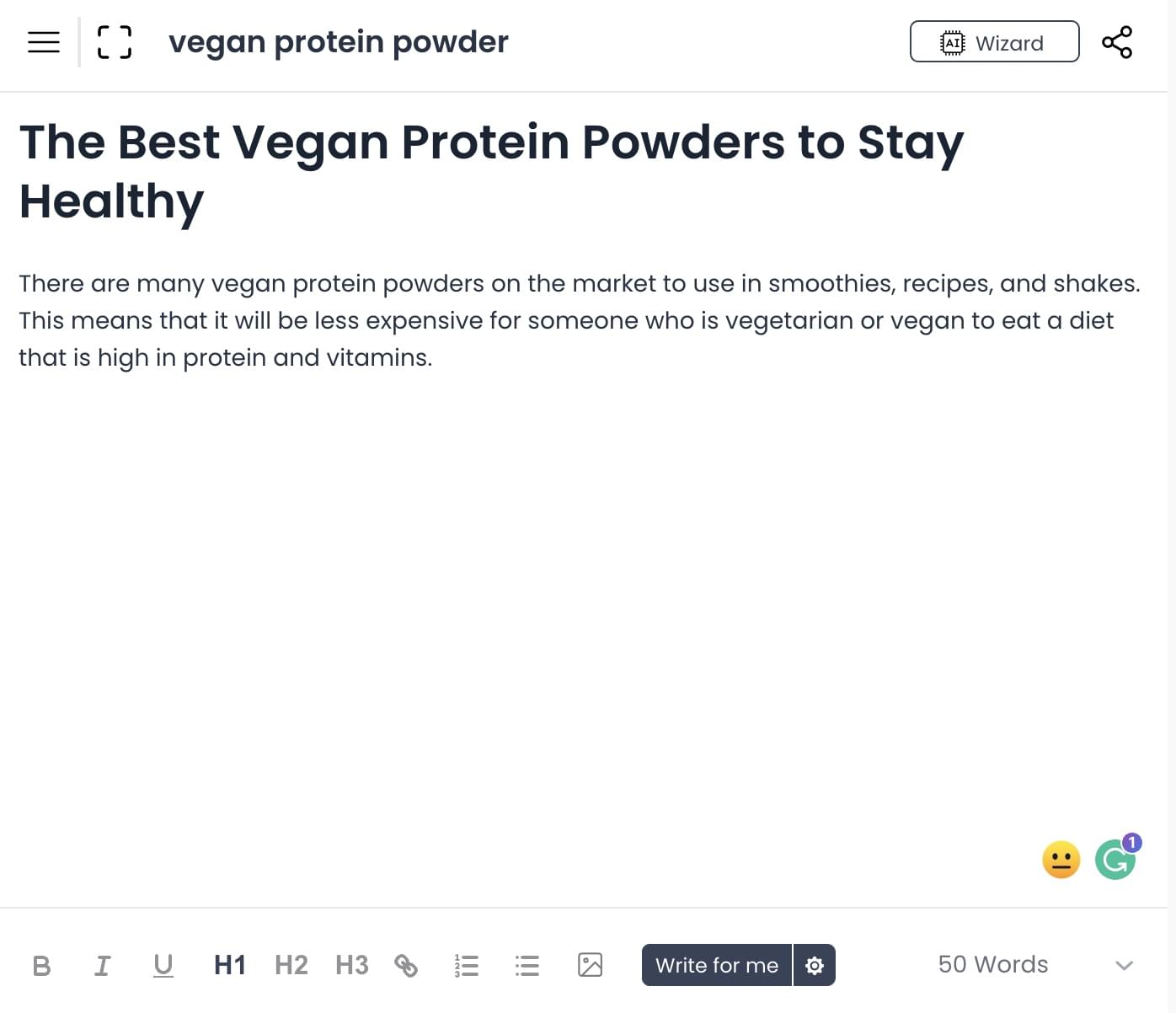
All you have to do is click on “Write for me” and Outranking will analyze the previously written text (the last 600 characters) and continue writing relevant content. You also have the option to choose the length of the output as well as a tone of voice.
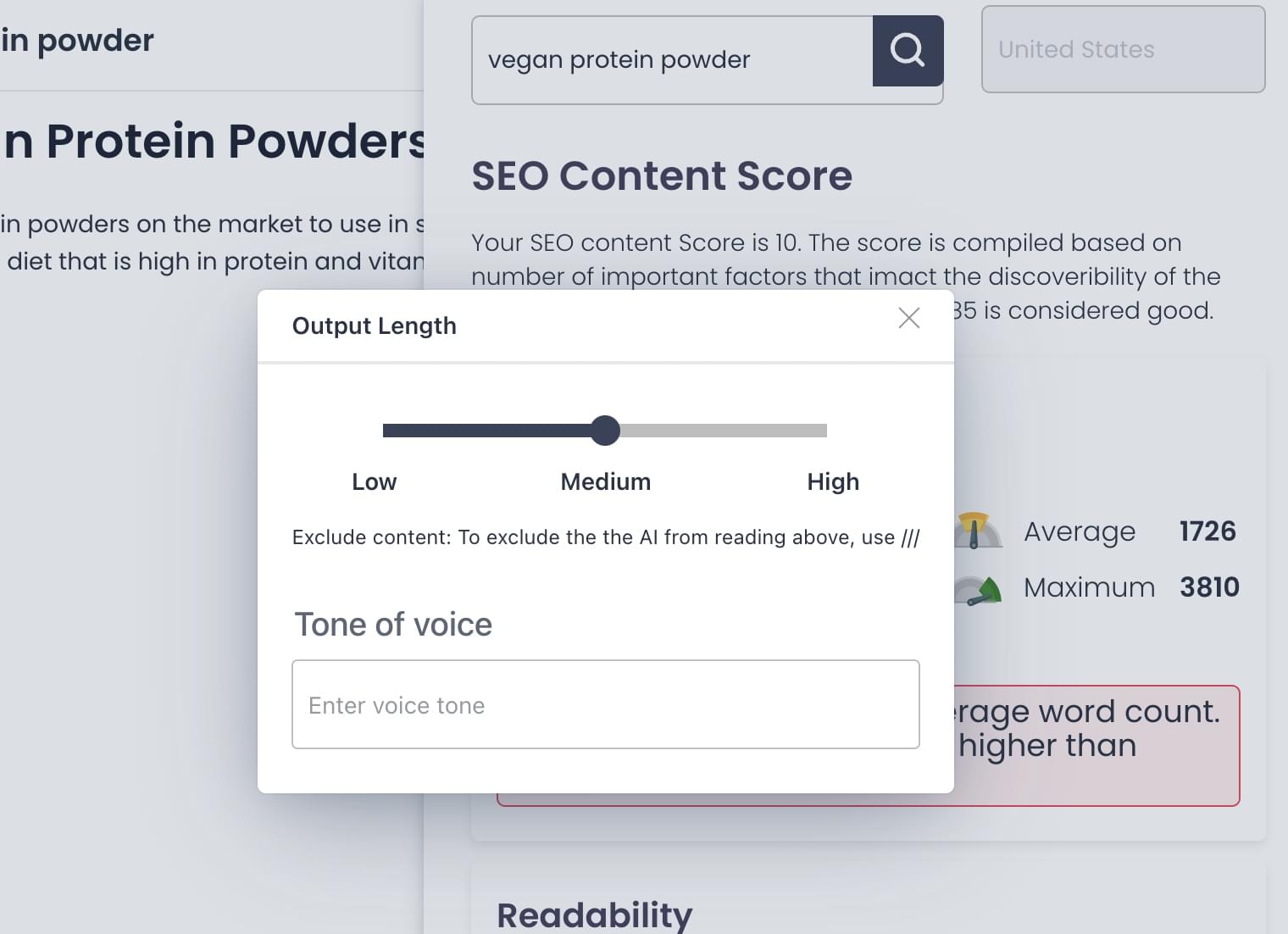
For example, you could use something like “serious,” “professional,” or “witty.”
Surfer SEO vs Outranking: SEO Audit
Surfer SEO has a very useful SEO audit tool you can use to check how a URL is doing in terms of SEO.
Once you enter a keyword (or keywords), the tool shows you detailed optimization recommendations, such as getting backlinks from websites your competitors have links from, relevant internal links to include, long-tail keywords, improving your time to first byte (TTFB) and load time, page structure, and more.
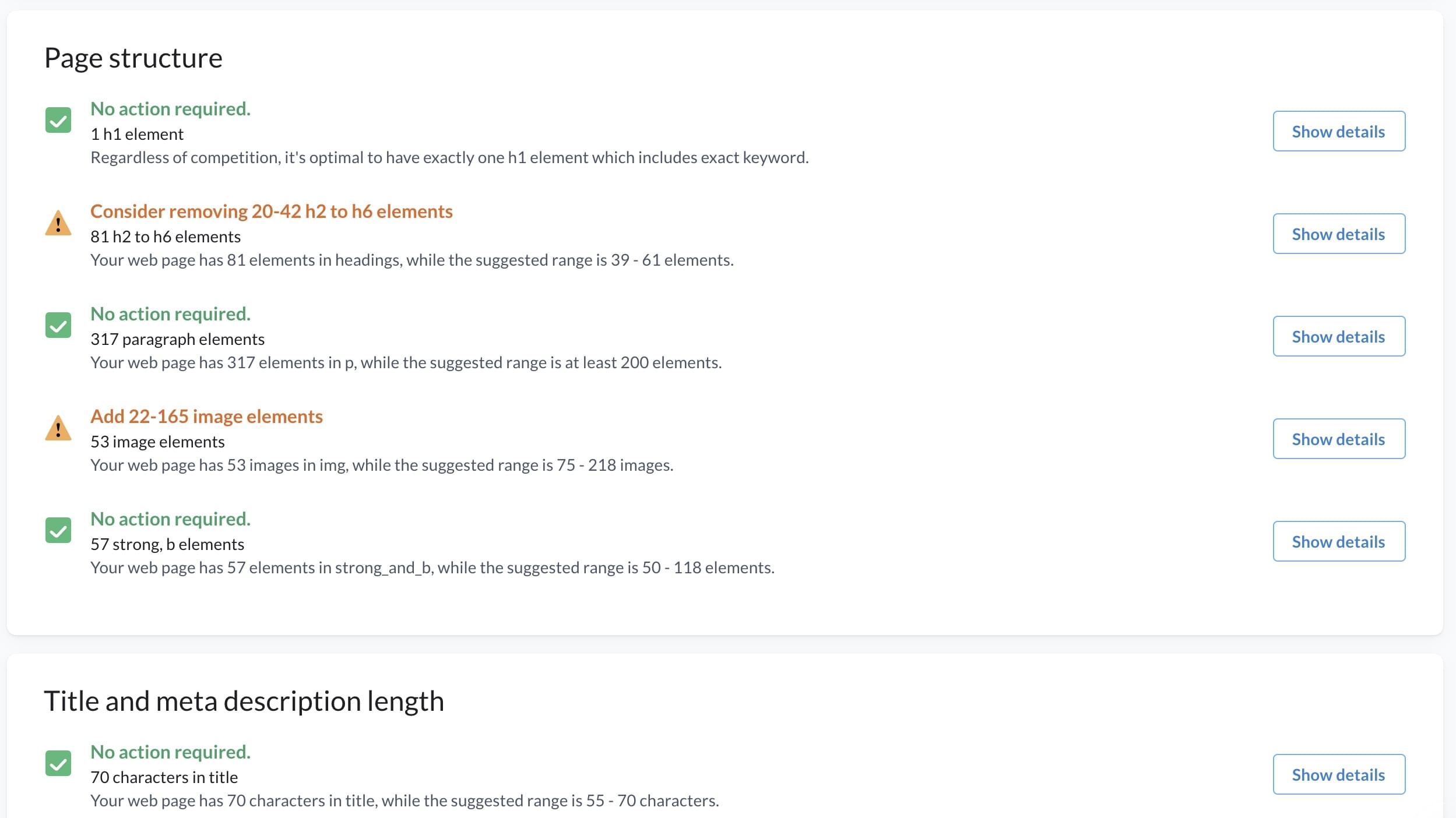
For example, if you click on the Load Time tab, you can see how your website speed compares to the top-ranking pages in Google.
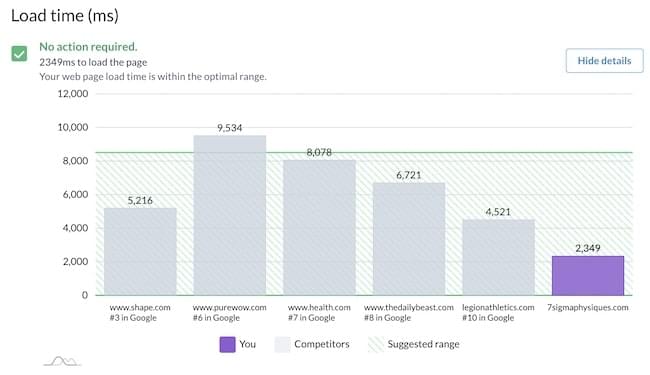
If your website does happen to have slow load times, you could then work on improving your site speed by optimizing images using a free tool like TinyPNG, using a fast WordPress host like Rocket.net, installing a caching plugin like FlyingPress, and more.
At the time of writing, Outranking doesn’t have an SEO audit feature, but it’s on the roadmap.
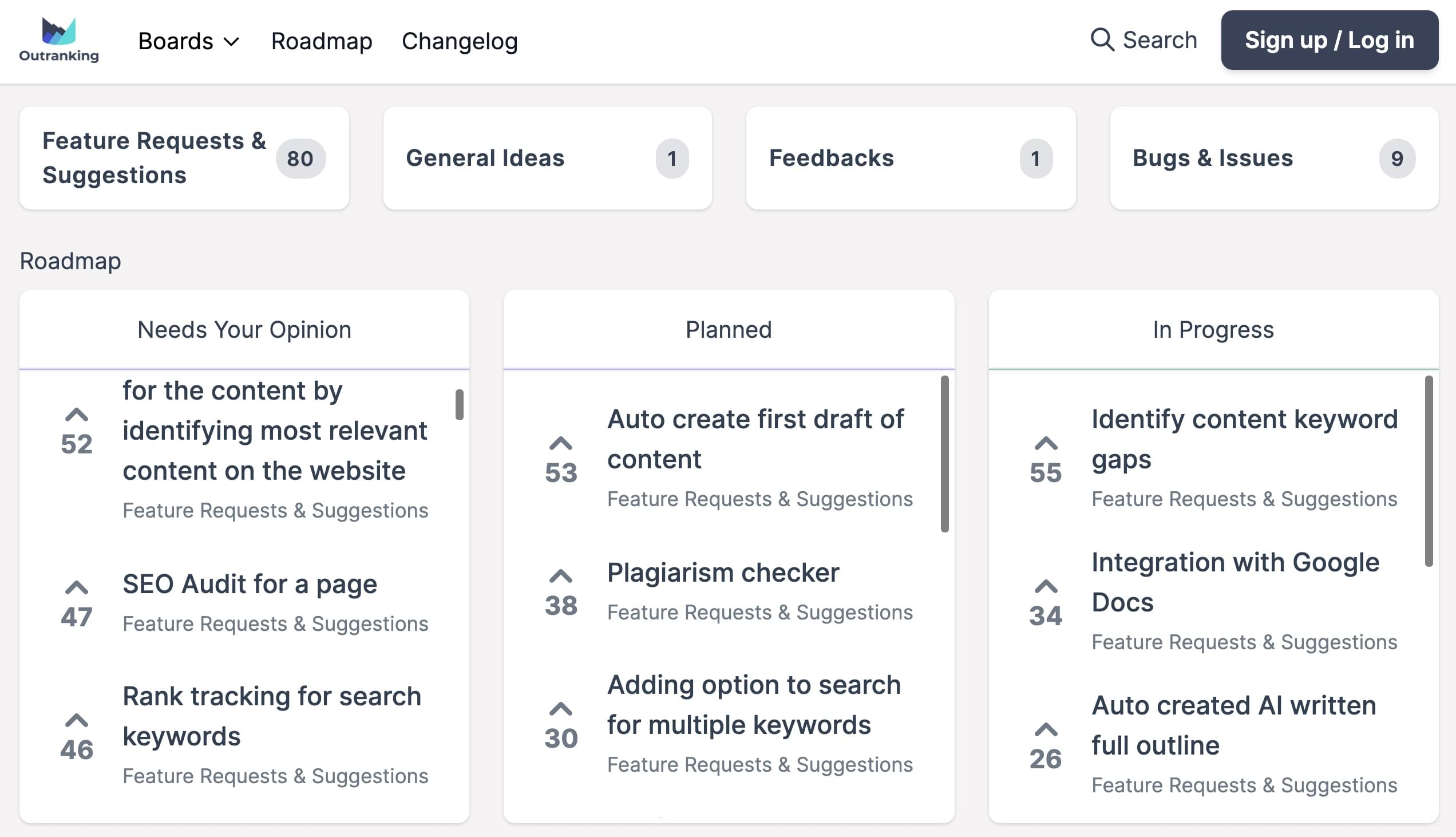
Languages
In case you’re wondering if these tools support different languages, the answer is yes.
The languages currently supported by Outranking are:
- English
- Arabic
- Danish
- Dutch
- Finnish
- French
- German
- Greek
- Italian
- Polish
- Portuguese
- Russian
- Spanish
These languages are supported in the SEO content editor, related keywords, topic coverage, instructions, rewriting, and AI writing.
Surfer SEO uses two types of natural language processing (NLP) — one based on Google API, and another one made by the Surfer team.
The one that runs in connection with Google’s NLP API can only support languages that the API supports, which are:
- English
- French
- German
- Italian
- Japanese
- Korean
- Portuguese
- Russian
- Spanish
- Simplified Chinese
- Traditional Chinese
At the time of writing, the NLP made by Surfer can only support these:
- English
- Danish
- Dutch
- Polish
However, the plan is to gradually add other languages, as requested by users.
Integrations
Outranking integrates with most of the common tools used to create and publish content, including:
- WordPress. With Outranking’s WordPress plugin, you can easily export and import Outranking.io documents.
- Google Documents. Connecting your account using the API key will allow you to collaborate with your team and on documents together.
- Grammarly. This integration will make it easy to keep your documents free of typos and grammatical mistakes.
Surfer SEO, on the other hand, integrates seamlessly with Jarvis, an AI copywriting tool that helps you write blog posts faster, generate high-converting marketing copy, social media descriptions, engaging cold emails, and more.
This integration allows you to see your SEO content score and recommendations inside the Jarvis editor.
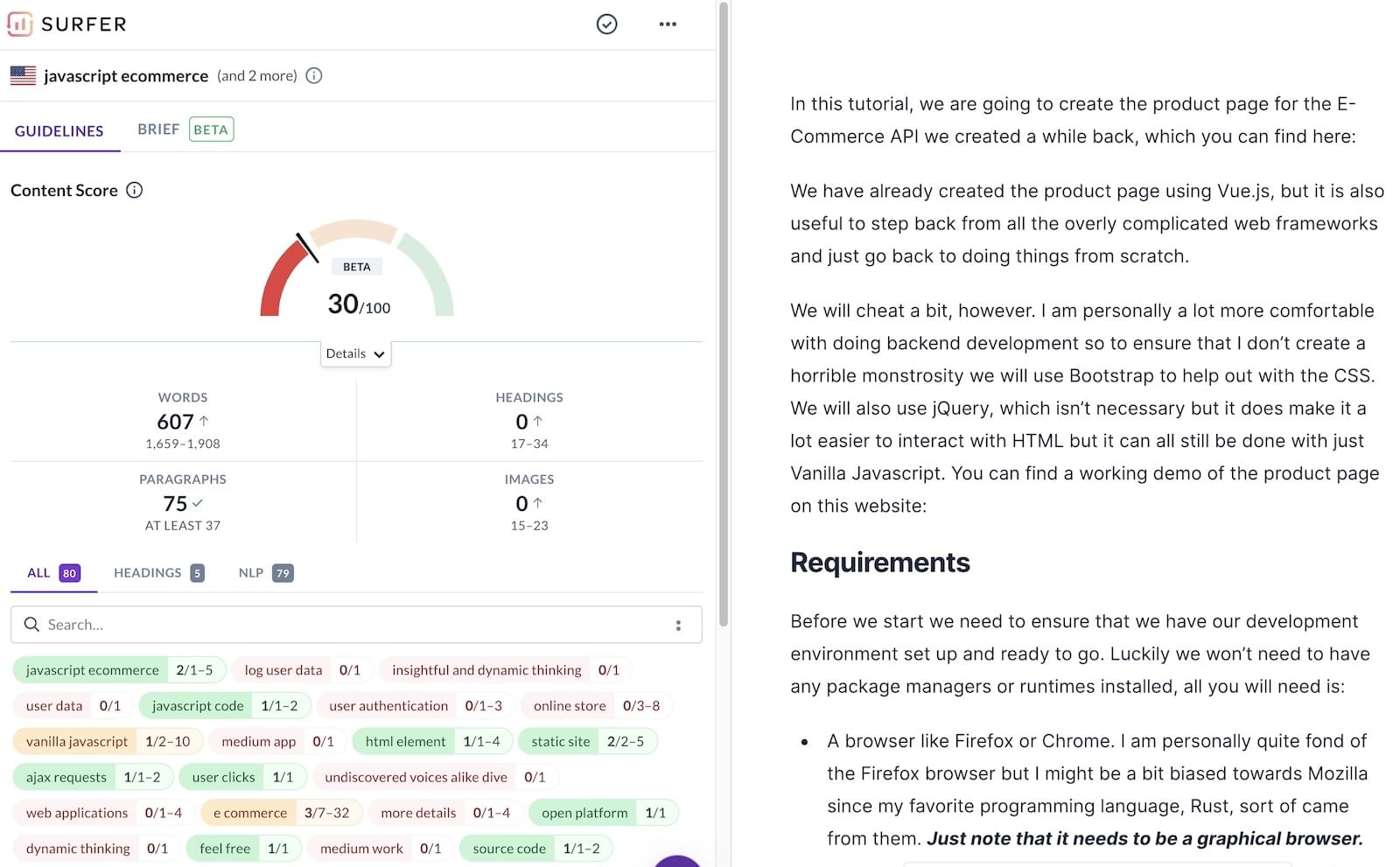
Surfer SEO vs Outranking: Browser Extensions
SEO browser extensions are a great option for those looking to do some quick research straight from their browser bar.
At the time of writing, Outranking doesn’t have a browser extension. Surfer SEO, on the other hand, has a free browser extension called Keyword Surfer, which shows you the search volume for specific keywords, other related keywords, cost per click for Google Ads campaigns, and the length each article on SERPs has.
Surfer SEO also allows you to use a free content editor with its extension — although, of course, it doesn’t have all the goodies provided in the premium version.
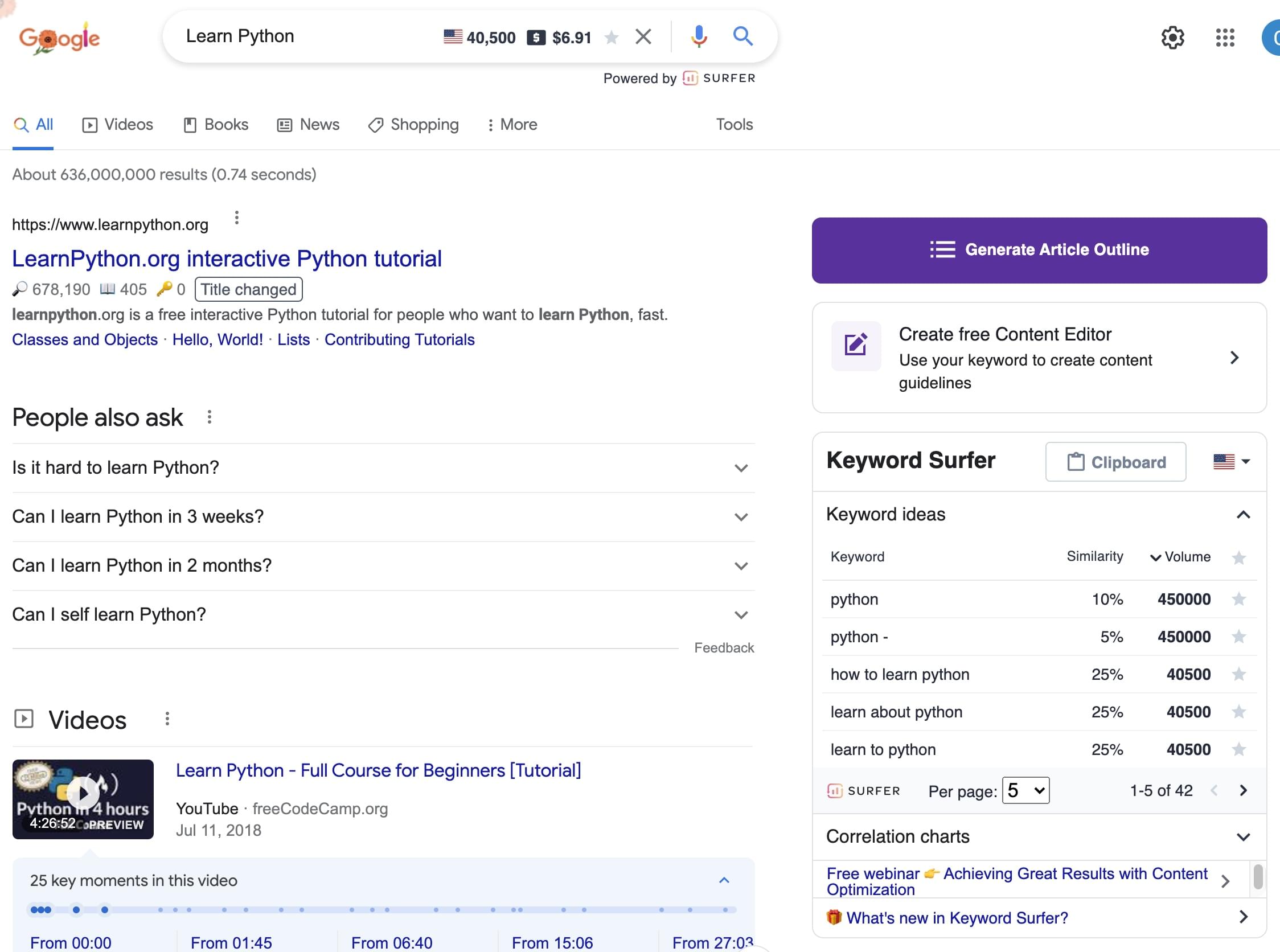
Outranking vs Surfer: The Verdict
Both Surfer SEO and Outranking are great content optimization tools capable of improving and speeding up your content creation process and SEO efforts to rank higher on search engines and boost organic traffic.
If you’re looking for a tool that does more than just search engine optimized content planning and actually helps your write content, Outranking will be your best option — unless you plan on integrating Surfer SEO and Jarvis.
As far as on-page SEO goes, you’ll have to try both tools and see which one fits your workflow better.
Frequently Asked Questions (FAQs) about Surfer SEO vs Outranking
What are the key differences between Surfer SEO and Outranking?
Surfer SEO and Outranking are both powerful SEO tools, but they have some key differences. Surfer SEO is primarily a content optimization tool that provides data-driven insights to improve your content’s SEO performance. It offers features like SERP Analyzer, Content Editor, and Keyword Research. On the other hand, Outranking is an AI-powered writing assistant that helps you create SEO-friendly content. It provides features like content briefs, competitive analysis, and AI writing assistance.
Is Surfer SEO better than Outranking for keyword research?
Surfer SEO has a robust keyword research tool that provides comprehensive data about keyword difficulty, search volume, and related keywords. However, Outranking doesn’t have a dedicated keyword research tool. Instead, it focuses on helping you create content that ranks well for your target keywords.
Can Outranking help with content optimization like Surfer SEO?
Yes, Outranking can help with content optimization. It provides content briefs and competitive analysis to help you create content that outranks your competitors. However, it doesn’t provide as detailed data-driven insights as Surfer SEO.
Which tool is more user-friendly, Surfer SEO or Outranking?
Both tools have intuitive interfaces, but Outranking is often praised for its user-friendly design. It provides clear instructions and suggestions, making it easy for beginners to create SEO-friendly content.
Does Surfer SEO offer AI writing assistance like Outranking?
No, Surfer SEO doesn’t offer AI writing assistance. Its primary focus is on providing data-driven insights for content optimization. If you’re looking for AI writing assistance, Outranking would be a better choice.
Can I use both Surfer SEO and Outranking together?
Yes, you can use both tools together to maximize your SEO efforts. You can use Surfer SEO for keyword research and content optimization, and Outranking for content creation and competitive analysis.
Which tool is more affordable, Surfer SEO or Outranking?
The pricing for both tools varies depending on the features and the number of users. It’s best to check their official websites for the most accurate and up-to-date pricing information.
Does Surfer SEO support multiple languages like Outranking?
Yes, Surfer SEO supports multiple languages. However, the level of support may vary depending on the language. It’s best to check with Surfer SEO’s customer support for specific language support.
Can I use Outranking for SERP analysis like Surfer SEO?
Outranking doesn’t have a dedicated SERP analysis tool. However, it provides competitive analysis, which can give you insights into how your content compares to the top-ranking pages for your target keywords.
Which tool is better for content marketing, Surfer SEO or Outranking?
Both tools can be valuable for content marketing. Surfer SEO is great for optimizing your existing content and doing keyword research, while Outranking is excellent for creating new, SEO-friendly content. The best tool for you depends on your specific needs and goals.
